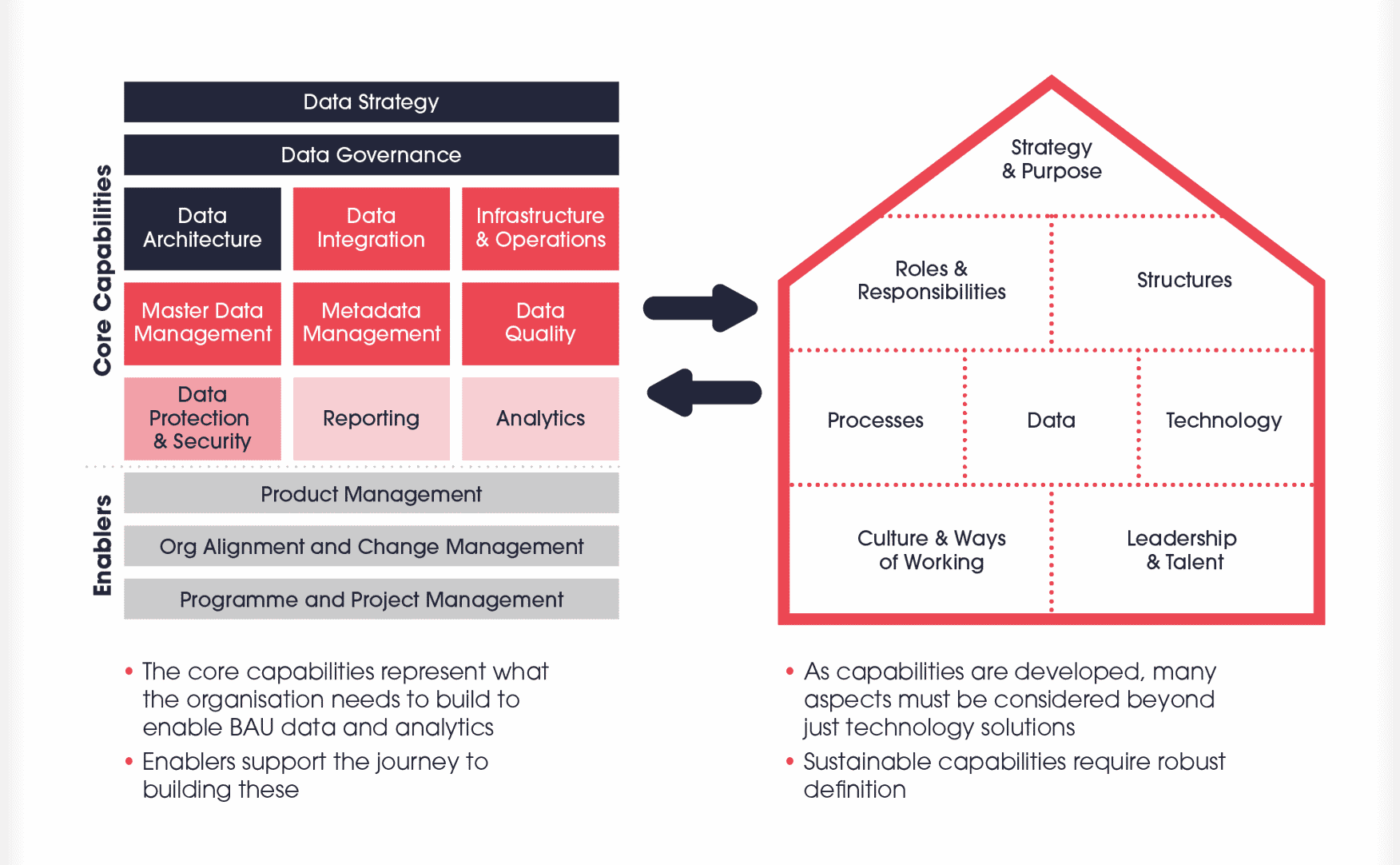So far in this series on data strategy creation, we’ve discussed the importance of data strategy discovery activities to establish a current state assessment and how to define the data capabilities required for your ideal future state.
In this article, we’re going deeper into what’s required to build the roadmap for your data strategy.
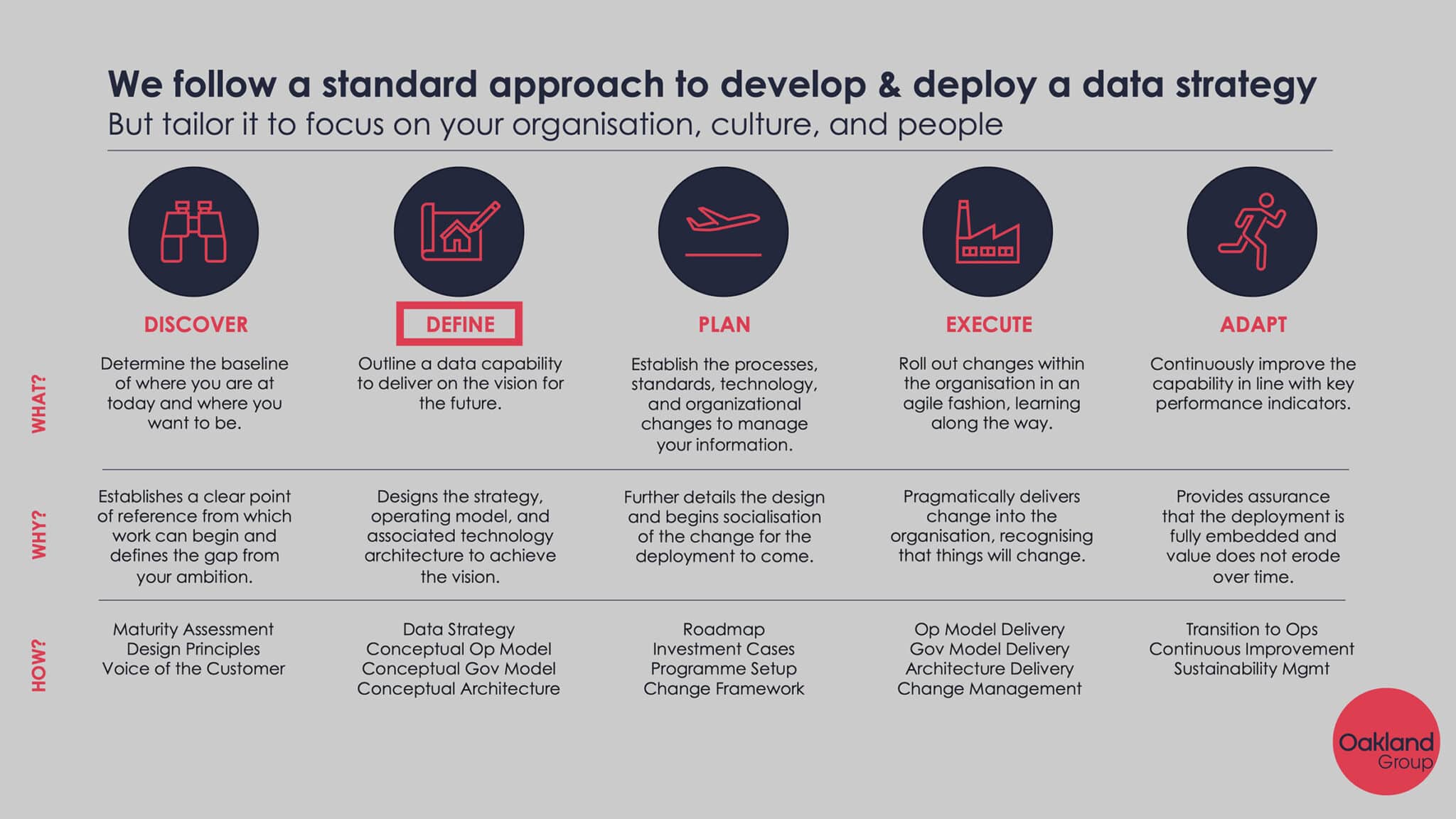
We’re also going to investigate how to create a structured framework for change – one of the critical success factors for your data strategy.
The barriers to change
Many organisations are pursuing digital ambitions of a ‘data-driven’ future, but bridging the gap between hype and reality is no mean feat.
Standing in the way of lasting operational change are significant obstacles that you may recognise:
- Communication barriers between IT and the business
- Differing perceptions on what is important, the value of the work, and the urgency to act
- Lack of clarity on where to start and how to build momentum
- Lack of critical data capture, difficult to get at when captured, of poor quality when you have it, or the literacy around how to use what you have is so low it’s of no use
- Constant struggles fighting for bandwidth and near-term vs long-term priorities
Rather than go off and make a huge investment in technology (that often struggles to deliver value and compounds the barriers) we recommend asking some early change-focused questions to help with planning your data strategy.
The 3 A’s of Change Communication
There are three core areas we have found critical to the change management success of any data initiative.
We call them ‘The 3 A’s’:
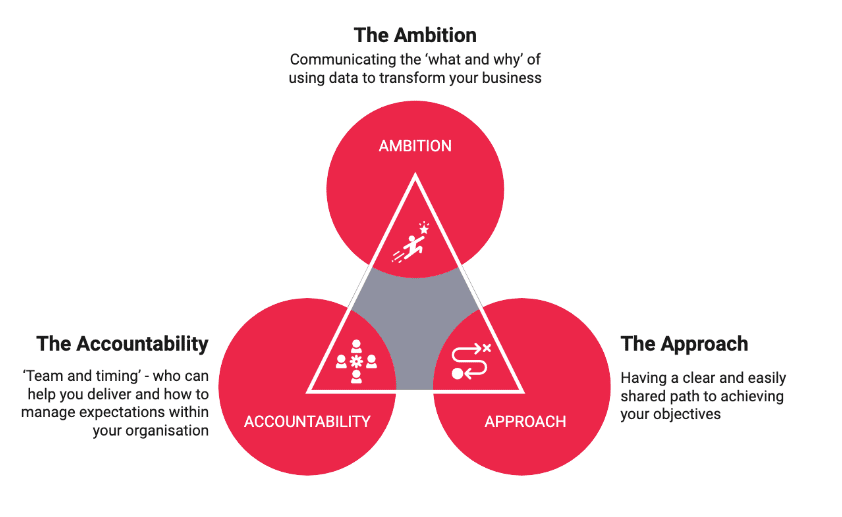
The Ambition:
It’s critical to explain the strategic importance of your data strategy roadmap beyond mere soundbites.
It’s not enough to use lofty and vague aspirations such as ‘we want to be more data-driven’ or ‘driving more value from data’. These are noble goals but too vague for most senior managers and workers to resonate with.
It’s important to align your data strategy to specific business drivers the leadership is already invested in.
For example, Network Rail had a strategic objective to ‘put passengers first’, as directed by the government:
“Rail Project SPEED, forged alongside Network Rail, is a call to arms to cut unnecessary red tape, be bold and purposeful, and empower the railway to be radical in its thinking to halve the time and reduce the cost of delivering infrastructure projects.”
The strategic ambition to halve the time and reduce the cost of delivering infrastructure projects was central to our work with Network Rail in developing a data strategy that in turn led to a radical new solution for intelligent forecasting across the entire capital projects delivery business.
Find what is driving the business agenda in your organisation and ensure your ambition for data is clear, unambiguous, easily communicated and outcome-focused.
The Approach
What is your intended plan and what is the thinking behind the strategy?
Change invites scepticism so we need to communicate not only the approach of the data strategy roadmap but why it is required. This ensures that everyone understands the sense of urgency and plan for the intended roadmap.
A couple of slides should be enough to explain the ‘why’ behind your approach and its critical importance.
For example, here’s a slide from an earlier engagement:
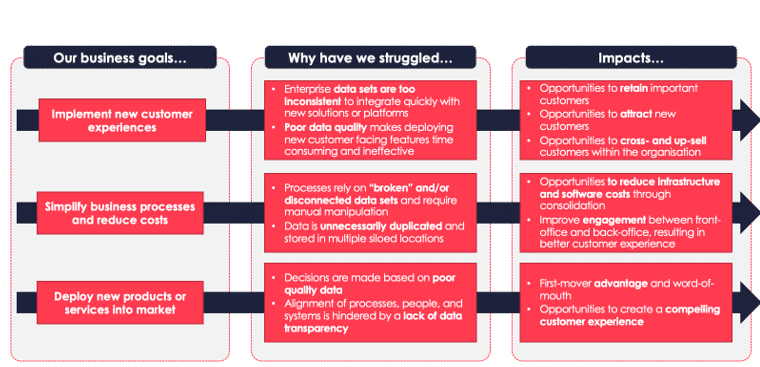
In addition to creating a sense of urgency and logic in your approach, you also need to adapt your roadmap communication for the right level of the organisation.
- CFOs may want to understand the cost and resource implications at each phase of the roadmap.
- CIOs will want to understand how each phase will shift the information architecture and system landscape as each roadmap phase is rolled out. They’ll need clarity over which internal groups/functions need to be aligned and pre-allocated.
- CEOs may want to understand how each roadmap outcome will drive tangible gains that can be communicated to external stakeholders such as investors and regulators.
At Oakland, we find that a simple ‘Big Picture’ of the data strategy approach, aligned to each stakeholder community makes sense, rather than unwieldy spreadsheets and ‘death by Powerpoint’.
That said, you do need to have a deeper, hierarchical breakdown of the approach that makes sense to the sub-functions, such as development teams, business user groups and data operations.
The Accountability
The intended approach of your data strategy roadmap needs to advise which teams (and leaders) are involved and what their exact responsibilities will be.
One of the most critical activities your data strategy will need to undertake is increasing the maturity of the data culture within the organisation.
Here are some examples of necessary cultural shifts in data:
- Ensuring that staff at all levels, from customer-facing up to board level, take responsibility for the quality of information they create and share
- Creating an environment where data quality concerns and challenges are openly discussed and acted upon
- New systems are constructed by following robust guidelines and policies to ensure data quality best practices are adopted
- Ensuring that the provenance and lineage of data is documented and assured
It’s easy to think of a data strategy as some ‘IT Program’ because it will invariably lead to quick wins in the form of data improvements or other pilot data initiatives that involve technology.
Therefore, an accountability framework and early communication are critical to ensure that senior management is fully briefed on their responsibilities and is regularly engaging their staff on the importance of the data strategy deliverables.
Implementation Plans
Here are the three groups of detailed plans we help deliver on our data strategy initiatives:
- Project Plans (Short-Term/Long-Term)
- Investment Plans
- Activity Profiles / Maturity Plans
Project plans are typically more fine-grained at the outset and more loosely defined for the longer-range initiatives which are more susceptible to shifts in business strategy and prioritisation.
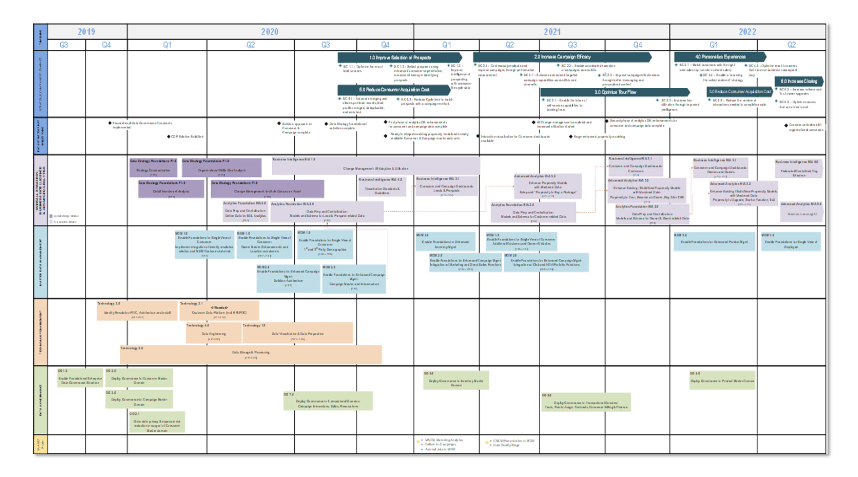
Investment plans may provide summaries of cost projections, weighted benefits and other forecasts relating to the data strategy implementation.
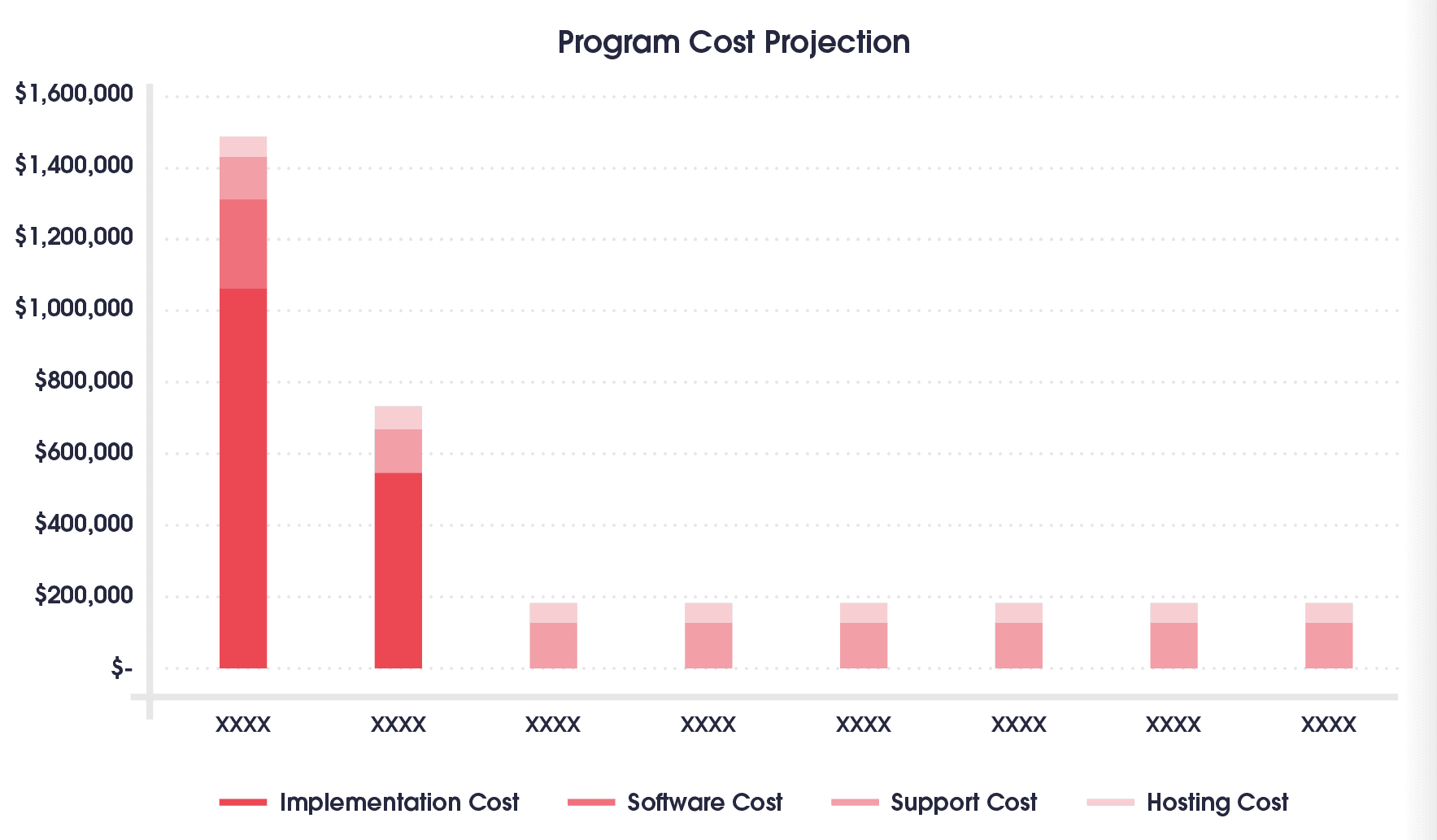
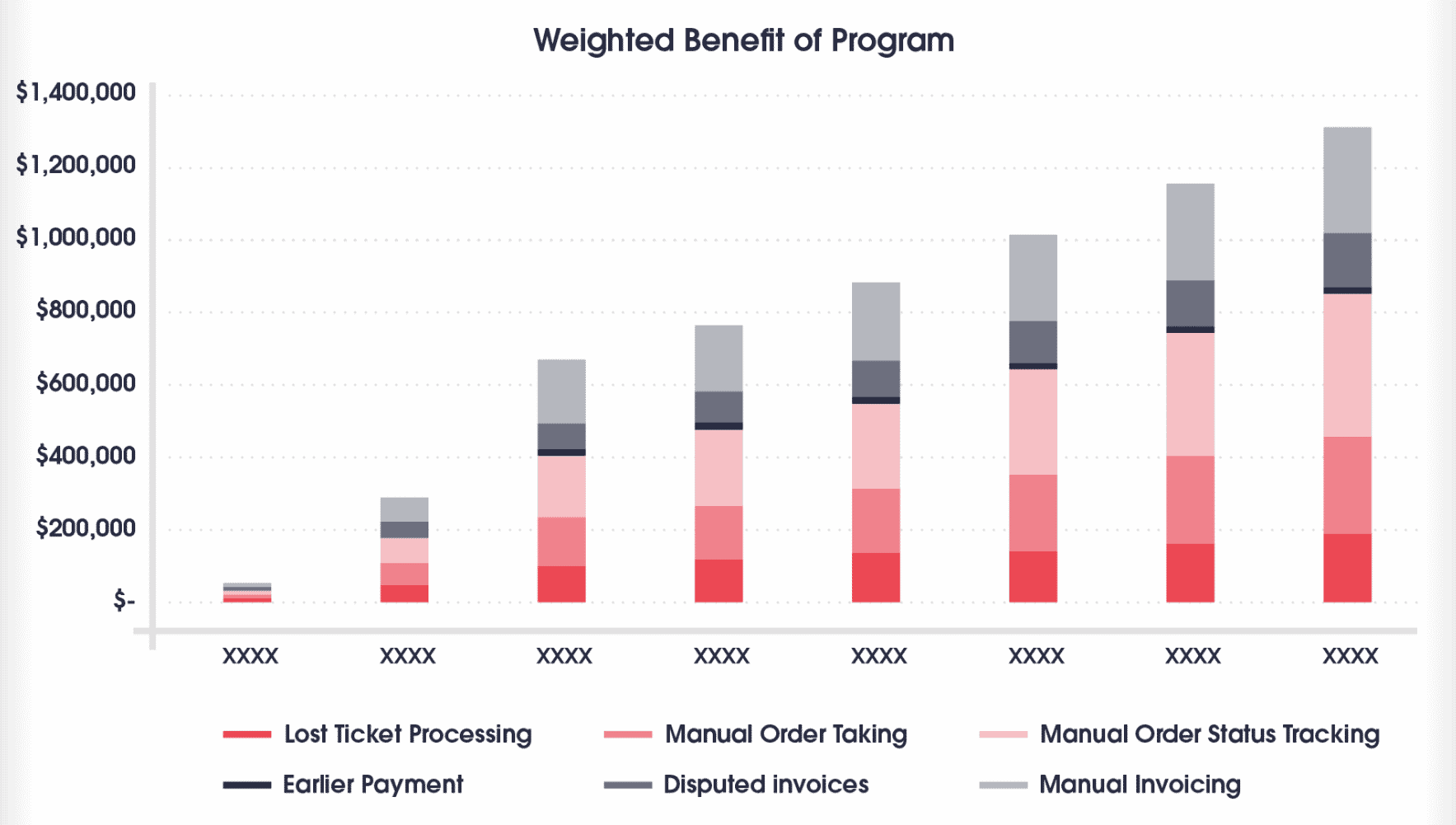
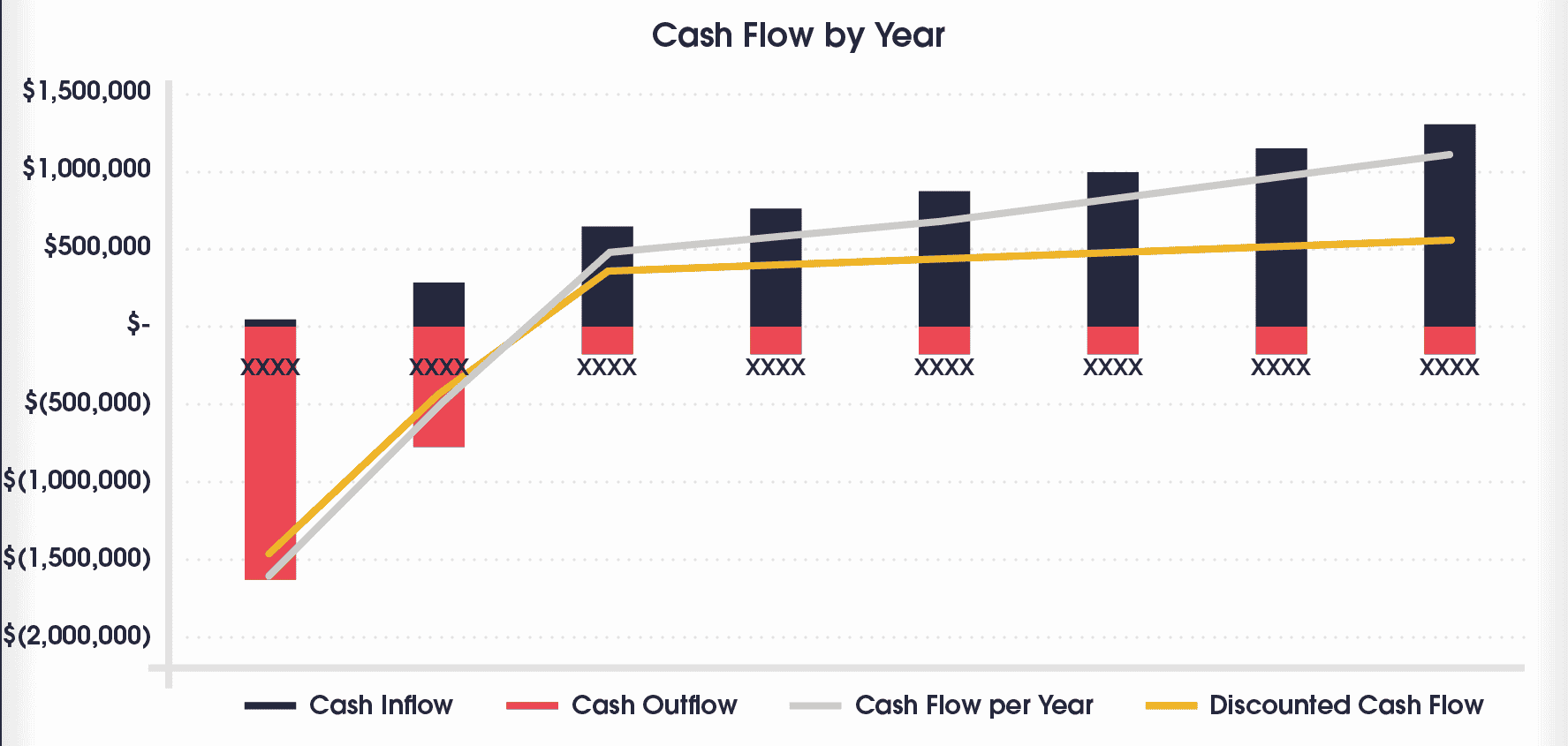
Finally, Activity Profiles break down detailed tasks with details such as estimated duration, key milestones and resourcing requirements.
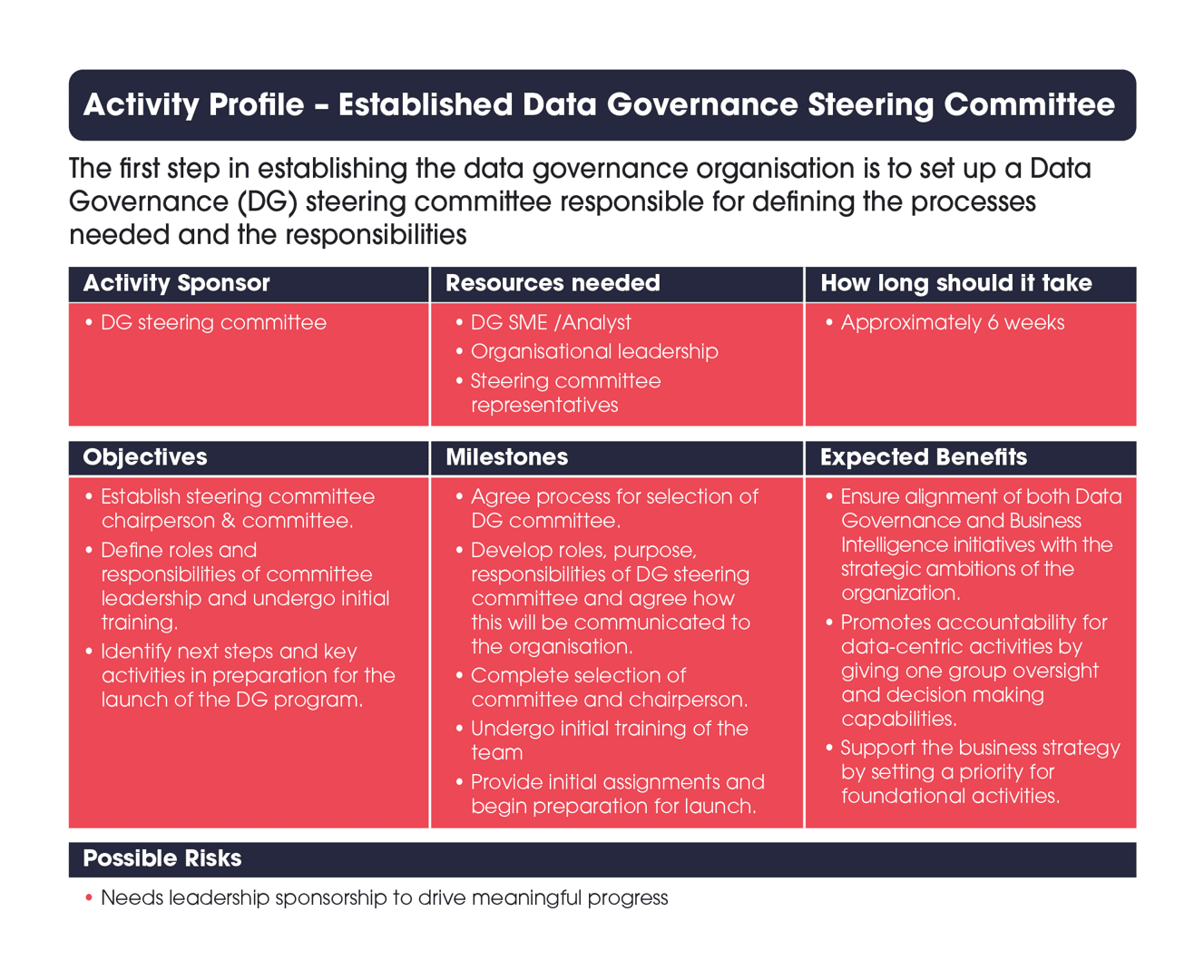
Importantly, each Activity Profile will map against a Data Competency Maturity Framework so the organisation can continuously plan and track its progress as each data capability matures and begins driving value for the business. As a result, the set of core capabilities will expand in terms of their proficiency, all coordinated and expanded through change management and other enabling capabilities.
This final image highlights how we helped to map data capabilities to a target operating model for data (The Data TOM) with a recent utility client:
Jeff Gilley is a senior consultant at The Oakland Group
